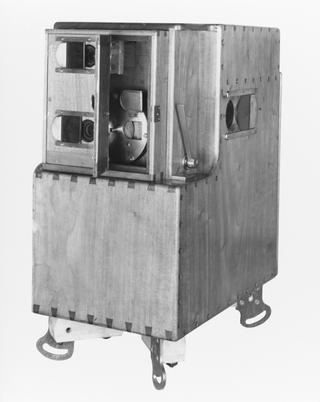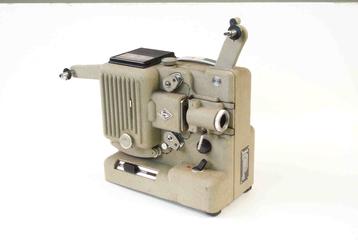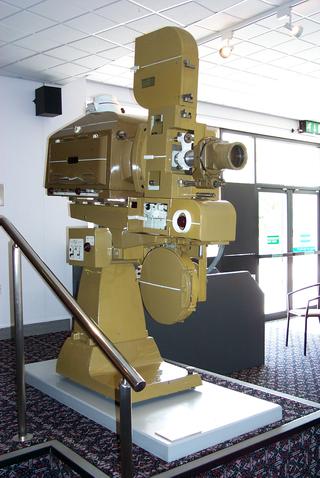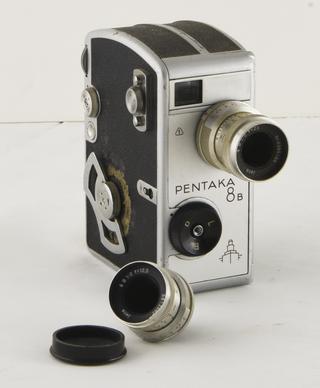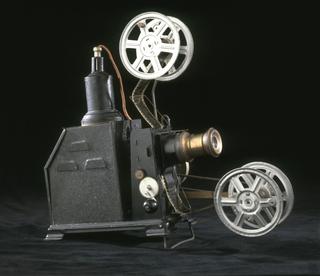
The Williamson Cine Camera
- Made:
- circa 1914 in London
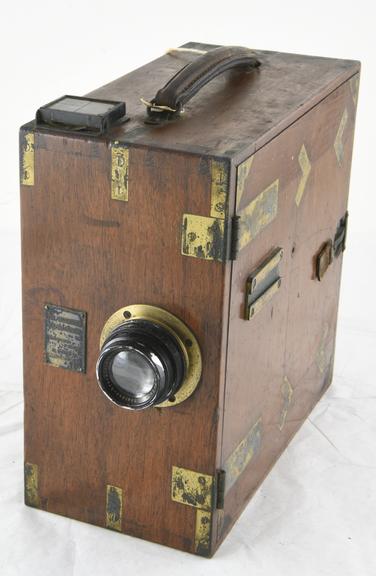
The Williamson Cine Camera, using standard double perforatedd 35mm film. Manually cranked. No frame or speed counter is fitted. Loading capacity is approximately 100 ft. With an optical direct vision viewfinder fitted on top. Lens was added later. Made of mahogany with brass fittings. London, c.1914
James A. Williamson (8 November 1855 – 18 August 1933) was a Scottish photographer and a key member of the loose association of early film pioneers dubbed the Brighton School. He trained to be a master chemist and moved to London in 1868, where he was an apprentice to a pharmacist. He was also a keen amateur photographer who sold photographic apparatus and chemical supplies in his own shop and became an agent for Kodak.
In 1886, he moved his chemist's and photographic business to 144 Church Road, Hove and formed friendships with fellow pioneers Esmé Collings, William Friese-Greene and George Albert Smith, among others, for whom he supplied chemicals and processed films. Williamson, who initially purchased and adapted an apparatus for local showings of Smith's films was, with assistance from the engineer Alfred Darling, able to create his own home-made filming apparatus and begin making films. He later formed the Williamson Kinematographic Company, whch continued after his death in 1933.
Details
- Category:
- Cinematography
- Collection:
- Arthur Frank Collection
- Object Number:
- 1979-559/2509
- Materials:
- glass, mahogany (wood) and brass (copper, zinc alloy)
- Measurements:
-
overall: 265 mm x 163 mm x 270 mm,
- type:
- cine camera
- credit:
- The Arthur Frank Collection
